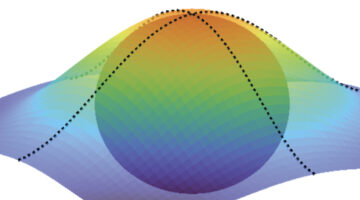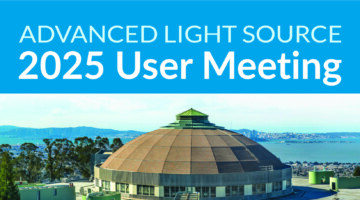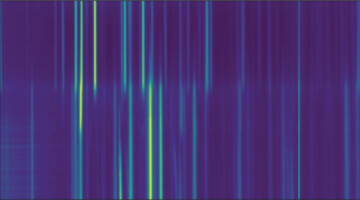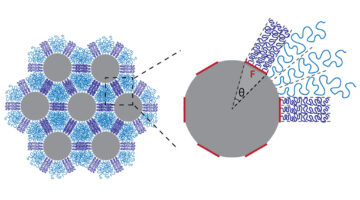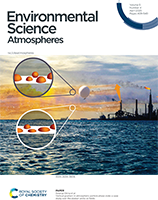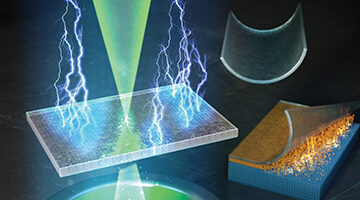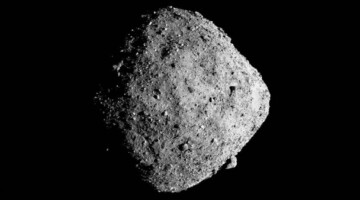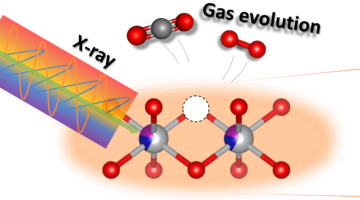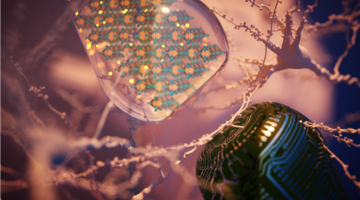Researchers found a way to reconstruct quantum geometric tensors (QGTs)—mathematical entities that encode how an electron’s wave function is shaped by its quantum environment. The mapping of QGTs enables the discovery and control of novel quantum phenomena such as superconductivity and unconventional electronic phases. Read more »![]()
![]()
All News & Updates
Suggest Speakers and Workshops for the 2025 User Meeting
The 2025 ALS User Meeting will take place August 11-13. We want to hear from you! Help shape this year’s program by submitting nominations for plenary speakers and proposing workshops and tutorials by April 4. Read more »
Energy-Saving, Acid-Free, Hard-Rock Lithium Extraction
Researchers used in situ x-ray diffraction to develop a direct, more energy-efficient, and cheaper way to extract lithium from its source mineral, spodumene. The approach not only promises to reduce energy consumption and processing costs but also supports the sustainable scaling of lithium production to meet growing market needs. Read more »![]()
A New Way to Engineer Composite Materials
A new study led by researchers at Berkeley Lab outlines a way to engineer pseudo-bonds in materials. Instead of forming chemical bonds, which is what makes epoxies and other composites so tough, the chains of molecules entangle in a way that is fully reversible. Read more »
Vertical gradient in atmospheric particle phase state: a case study over the alaskan arctic oil fields
Integrating chemical composition and phase state measurements demonstrated that carbonaceous-rich and organic-dominated particles exhibited higher viscosities, while inorganic-rich particles displayed lower viscosities. This finding establishes an association between composition and phase state, offering critical insights into the vertical stratification of Arctic particles. Read more »
Taimoor Hassan, ALS and ALS-U Electrical Safety Officer
In the eight months that Taimoor Hassan has been with the ALS and ALS-U, he has been able to apply his background in electrical safety, engineering, and RF systems. Learn more about the giant microwave he worked on in a previous job, and how all of his experience serves the interconnected work of the ALS and ALS-U. Read more »
A Clearer Look at Lithium-Ion Traffic Jams in Batteries
By directly visualizing the uneven insertion of lithium ions into electrodes with well-defined crystal orientations, researchers learned why fast charging decreases battery lifespan and performance. The work could provide insights into better battery utilization and help investigations of the surface insertion reaction during fast charging. Read more »![]()
![]()
Bennu’s Ancient Brine Sheds Light on Recipe for Life
Researchers traced the evolution of minerals (“salts”) in an ancient brine, as recorded in samples from the asteroid Bennu, returned to Earth by NASA’s OSIRIS-REx mission. The results support the idea that asteroids like Bennu may have delivered water and essential chemical building blocks of life to Earth in the distant past. Read more »![]()
![]()
Reaction Mechanism of Commercial Lithium-Ion Battery Cathodes
Researchers used soft x-ray resonant inelastic x-ray scattering at the ALS to understand the role of aluminum doping in improving the stability of commercially used cathode materials for lithium-ion batteries. Read more »
Mind-Blowing Materials: Mimicking Neurons for Faster Computing
Researchers used x-ray absorption spectroscopy and resonant inelastic x-ray scattering at the ALS to uncover the atomic-level mechanism of conductance switching for a neuromorphic material that has the potential for energy-efficient computing. Read more »
- « Previous Page
- 1
- …
- 4
- 5
- 6
- 7
- 8
- …
- 139
- Next Page »
